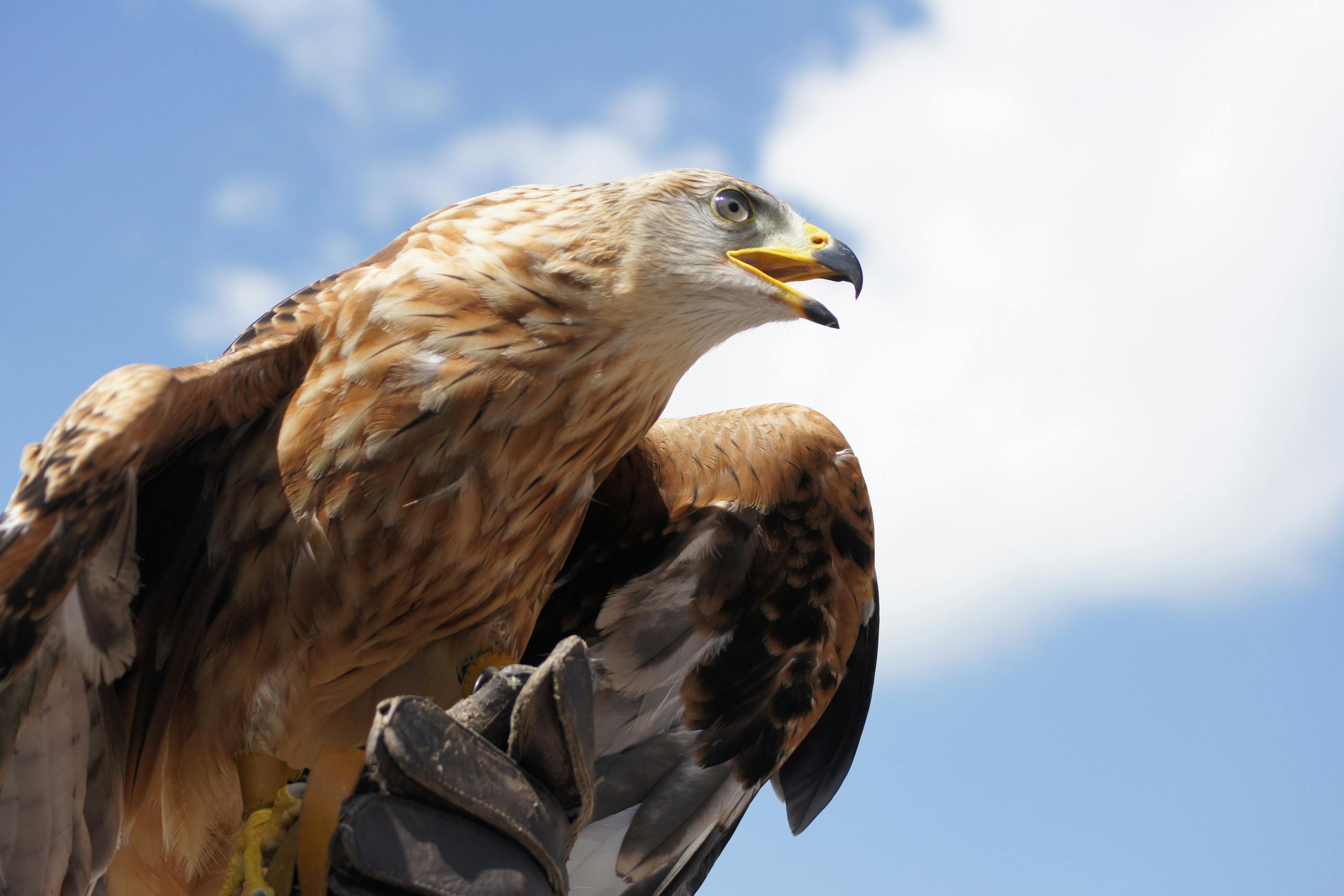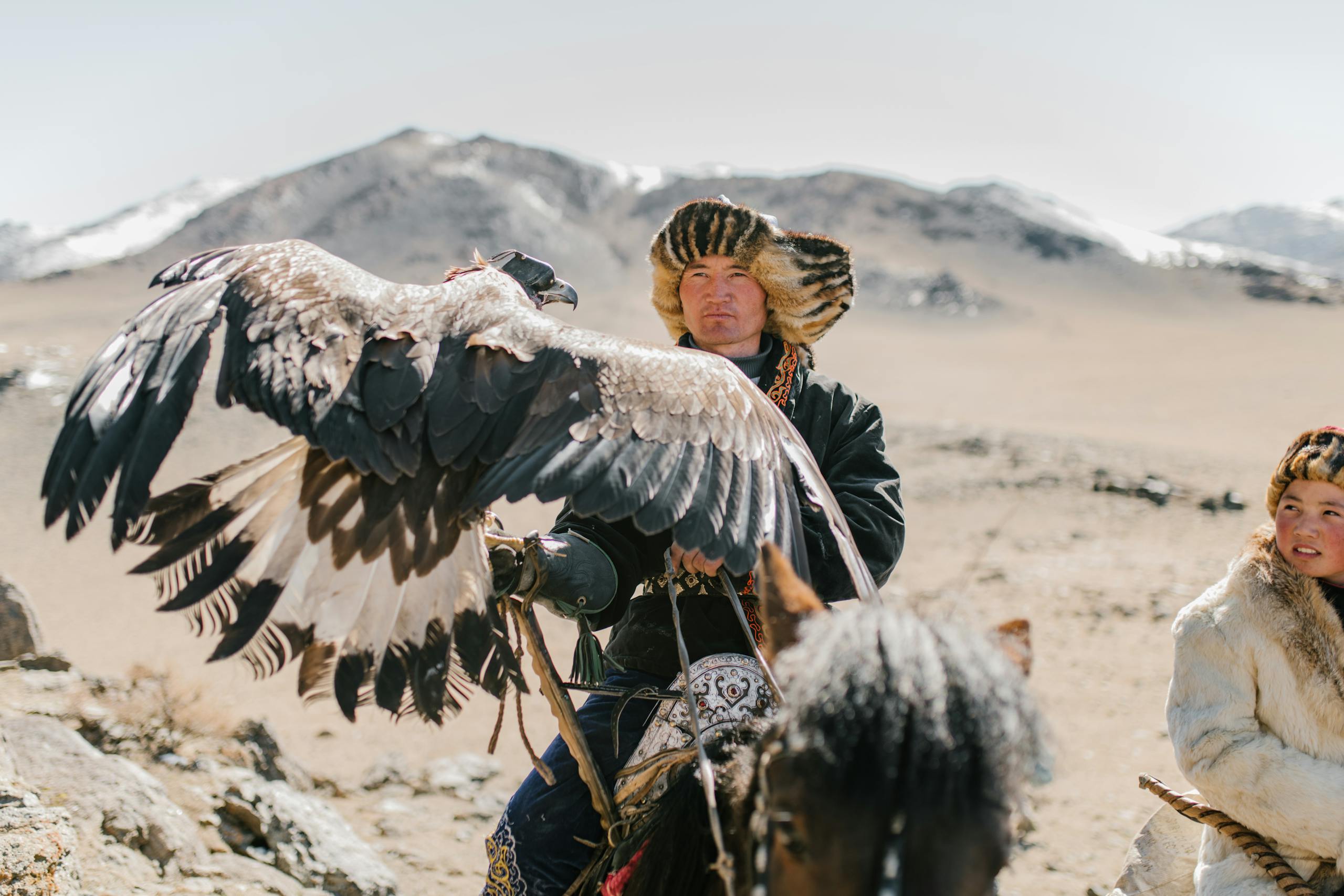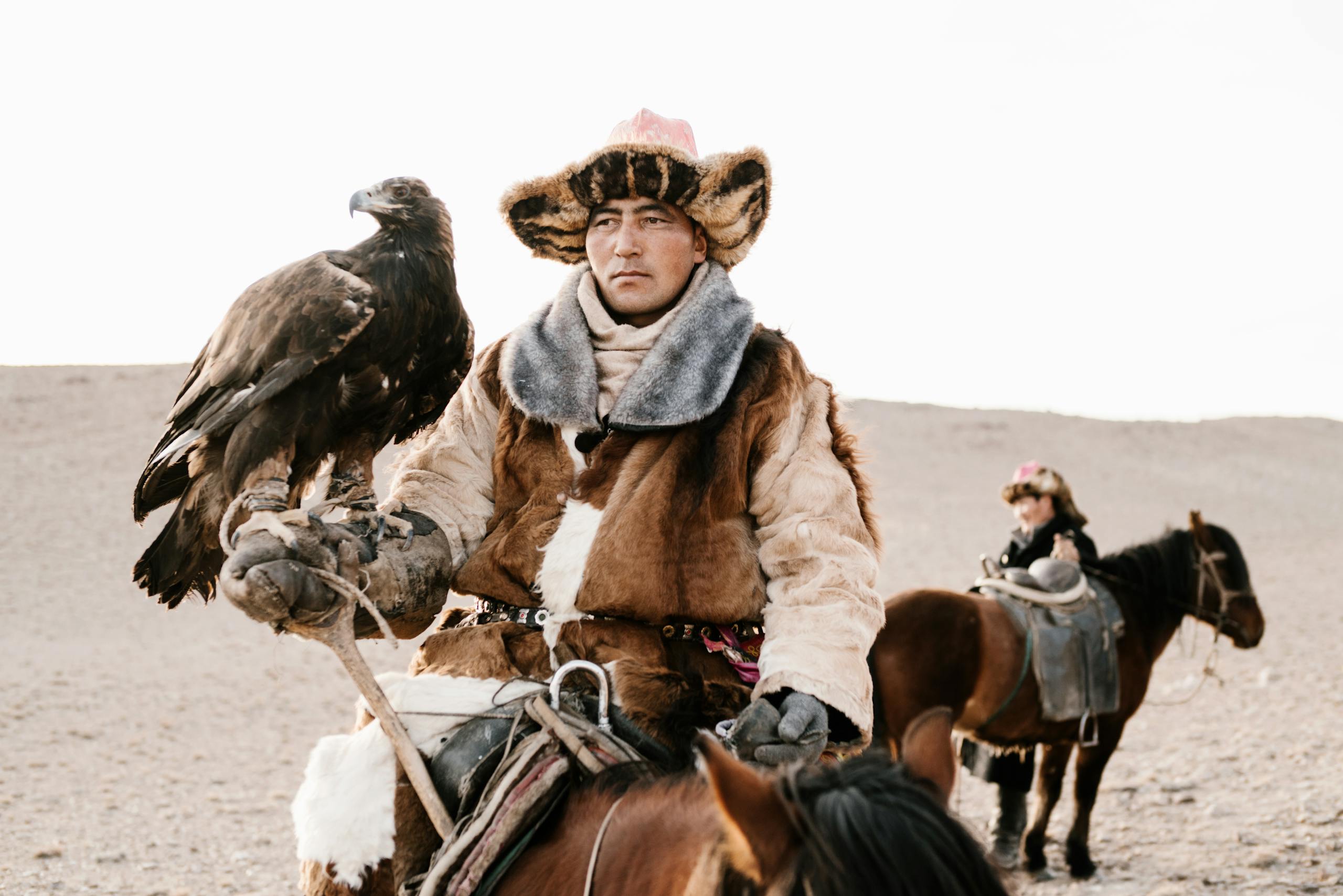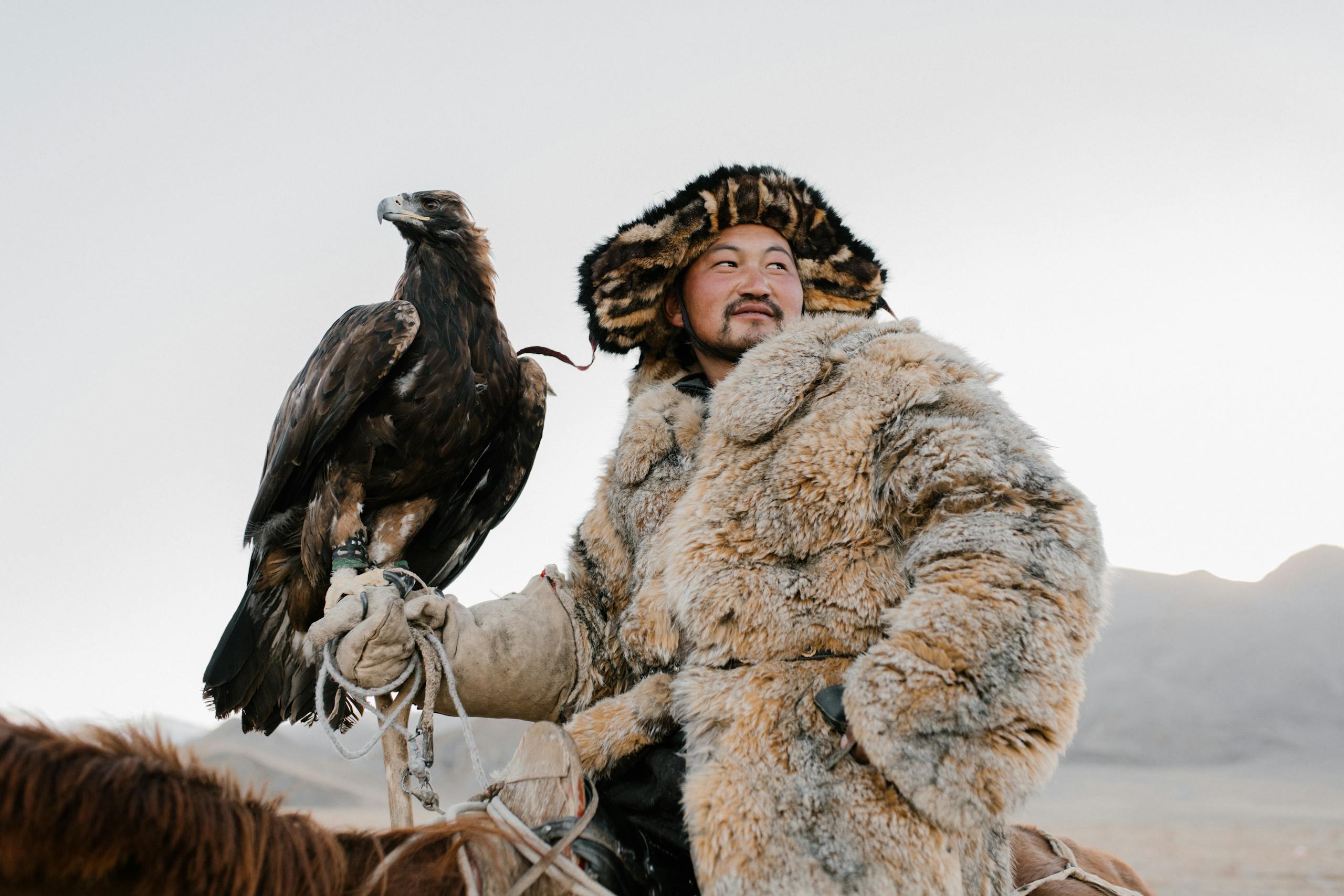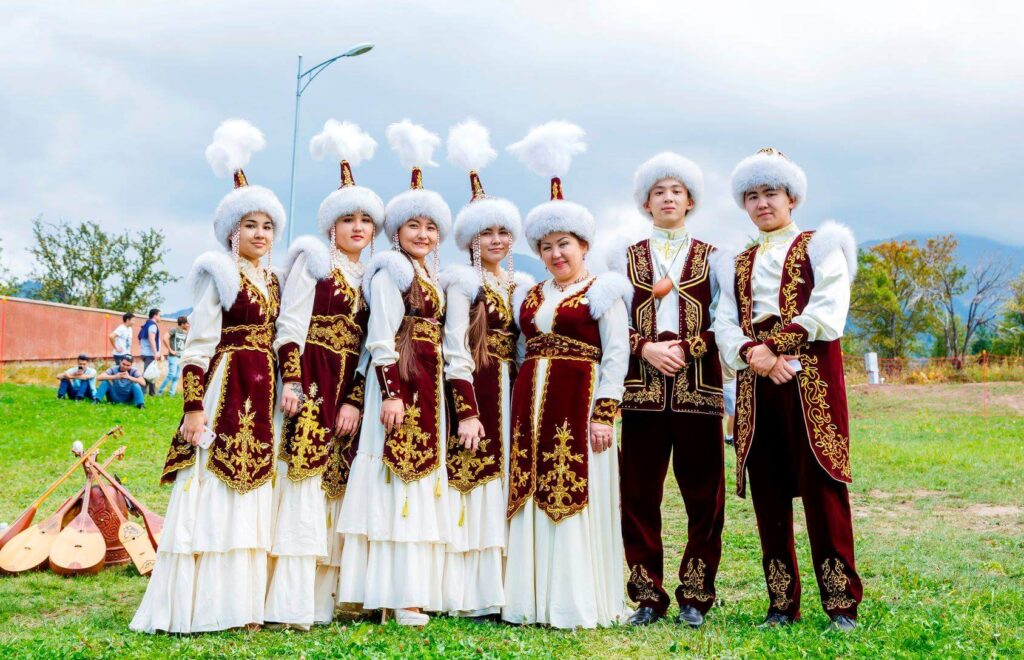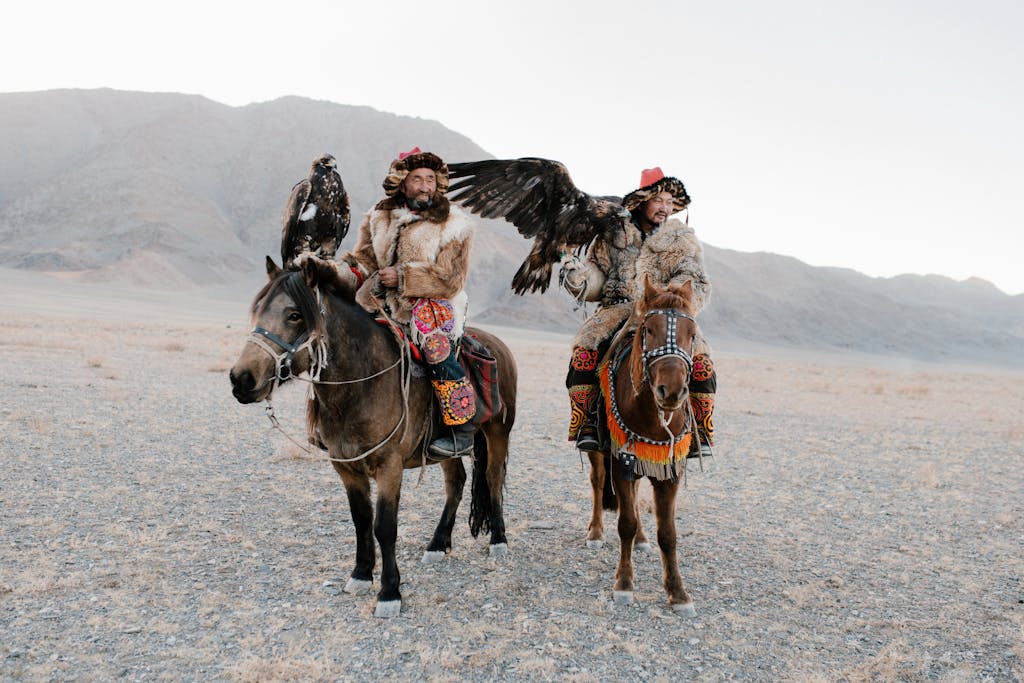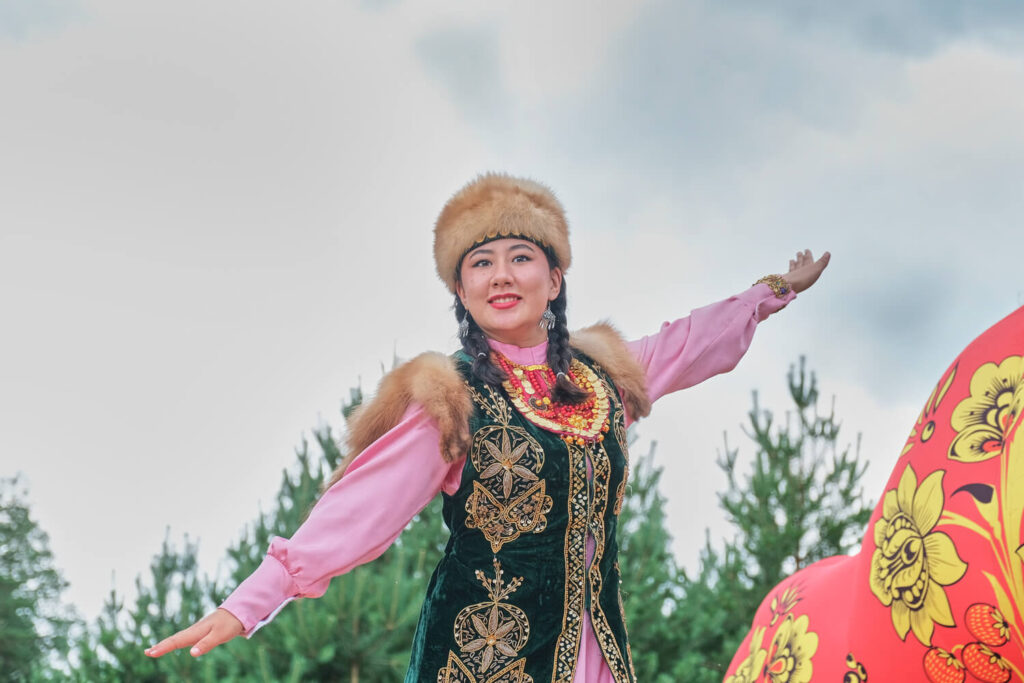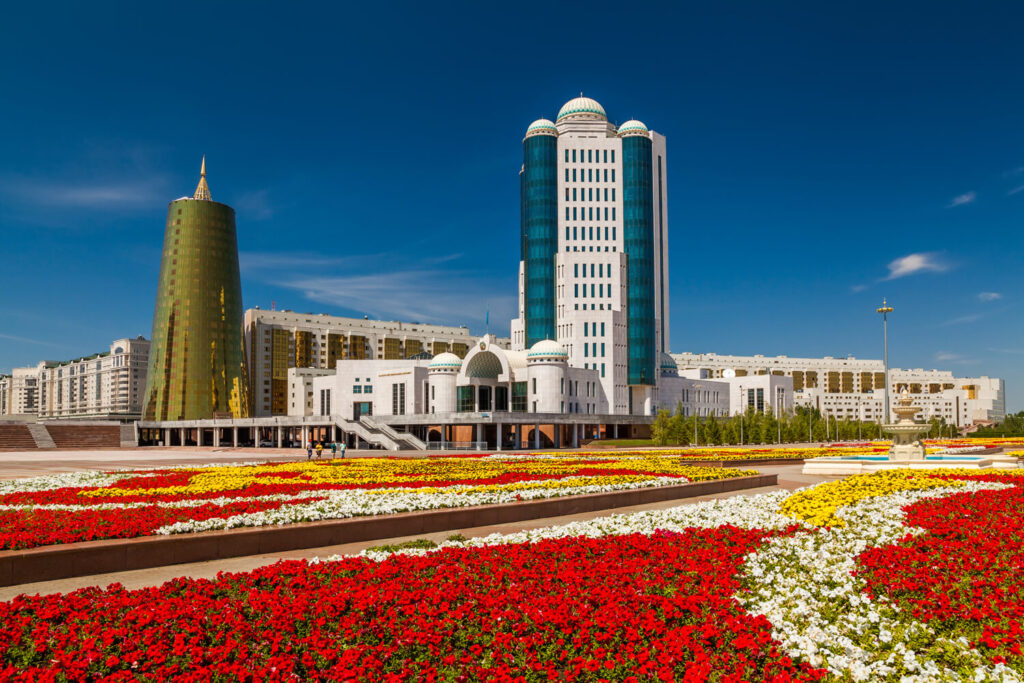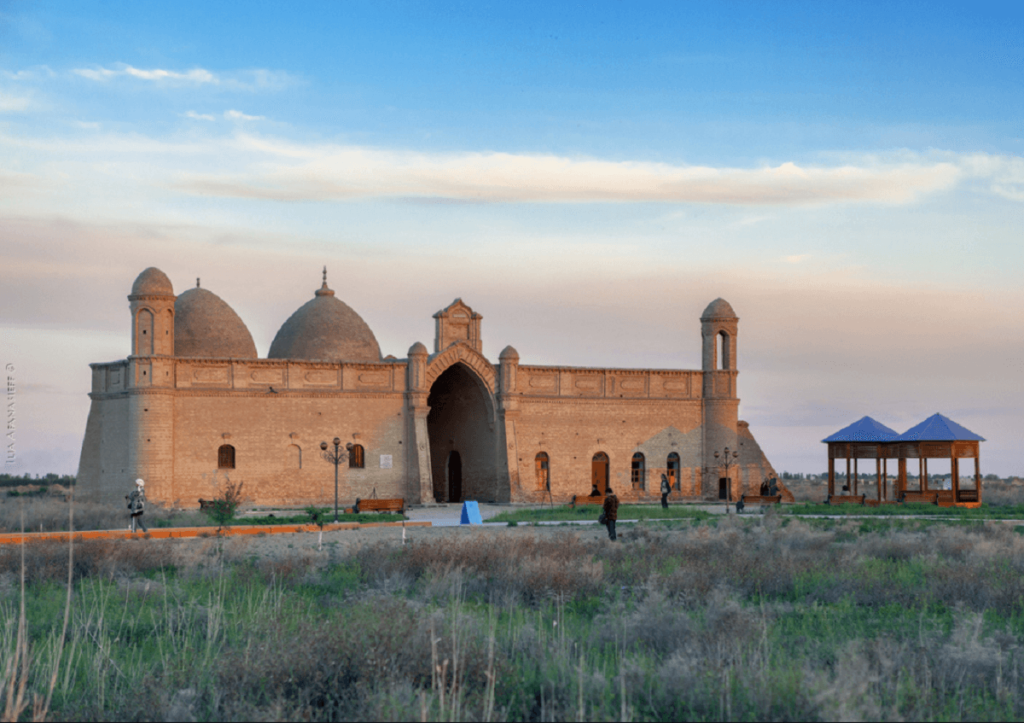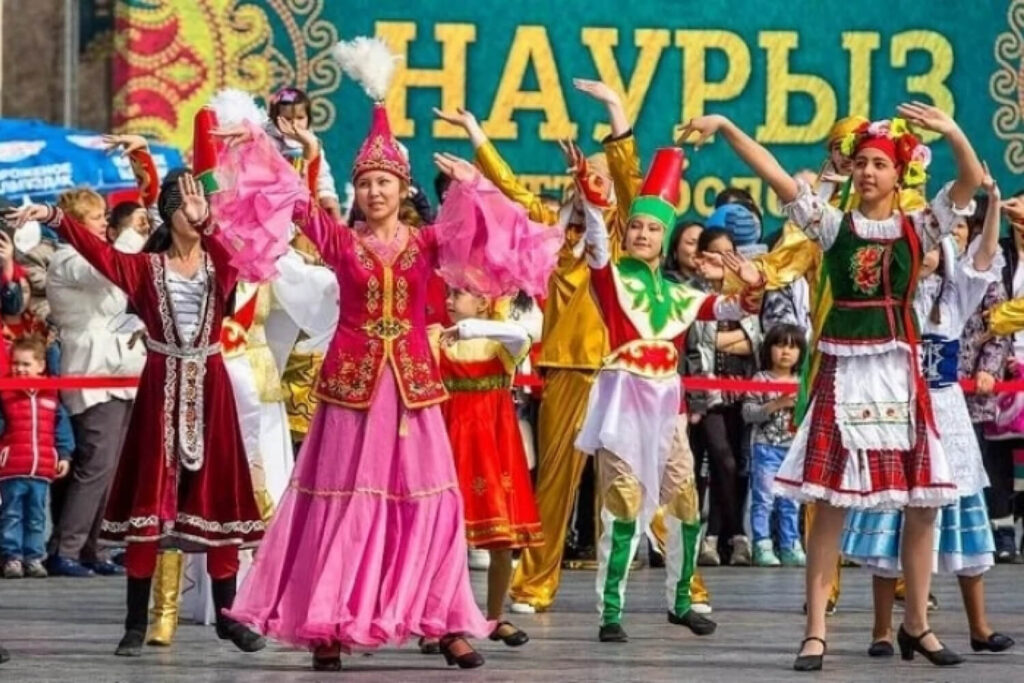Kazakhstan eagle symbol:
The eagle is at the heart of Kazakhstan’s national identity, history and culture.
The eagle along with other symbols on the flag means wealth and abundance, the values of the nation and cultural richness.
It means strength, freedom, independence and deep connection to the natural and spiritual heritage of the Kazakh people.
1. Kazakhstan
Kazakhstan is an independent country in Central Asia, a big land with rich history and many cultural traditions.
The national flag with golden eagle and golden sun on blue background is a symbol of the cultural and ethnic unity of the nation.
The light blue color of the flag means the sky and has a religious meaning for the Kazakh people. The national flag is a rectangular breadth with a golden eagle under the sun, means the strength and freedom of the country.
2. History
The history of Kazakhstan goes back to the old days of the Kazakh Khanate and Alash Autonomy. Kazakhstan was part of the Russian Soviet Federative Socialist Republic until 1937 when it became the Kazakh Soviet Socialist Republic (Kazakh SSR).
Kazakh SSR had its own flag with a hammer and sickle in the canton. After gaining independence in 1991 Kazakhstan adopted its current flag designed by Shaken Niyazbekov.
The flag design is inspired by the art and cultural traditions of the Kazakh people, with national ornamental pattern on the hoist side.
3. The Golden Eagle on the National Emblem
The eagle is at the center of Kazakhstan’s national emblem which was adopted on June 4, 1992 after the country gained independence from the Soviet Union.
The blue color of the national flag means cultural unity, endless sky and peace and prosperity.
The sun rays on the flag means wealth, abundance and welfare, intricately designed to resemble wheat grains, means life, energy and national identity. Key features of the eagle in the emblem:
- Position and Design: The eagle is under the image of shanyrak (the top of the traditional Kazakh yurt). The eagle is as if soaring or radiating outward from the emblem.
- Color: Gold means wealth, prosperity and bright future of the Kazakh people.
- Symbolism:
- Freedom and Sovereignty: Eagle means independence of Kazakhstan as a free and sovereign state.
- Strength and Power: It means strength and resilience of the Kazakh people, as the eagle is the top predator in the natural world.
- Vision and Aspiration: Eagle is known for its keen eyesight and high flying nature, means the nation’s aspirations and far-sighted vision.
Discover Kazakhstan
4. Cultural and Historical Significance of the Eagle
Kazakhstan’s eagle images are deeply rooted in the country’s nomadic traditions and cultural heritage. Golden eagle is on the flags of the Kazakh tribes, means the cultural and historical significance of these kazakhstan eagle symbols to the identity and heritage of Kazakhstan.
- Golden Eagle in Nomadic Life:
- Golden eagle (Aquila chrysaetos) has been a revered bird in the steppes of Kazakhstan for centuries.
- Nomadic tribes used golden eagles in falconry (berkutchi) for hunting, a practice that is still celebrated today.
- These trained eagles could hunt foxes and rabbits, means their importance in survival and sustenance.
- Symbol of the Sky and Spiritual Connection:
- In Turkic mythology, eagle is associated with the sky and heavens, means divine connection.
- It is seen as a guardian spirit, protector of the people and guide to higher realms of consciousness.
- Eagle in Kazakh Flags and Banners:
- Historically, eagle motifs were on the flags and banners of Kazakh khans (leaders), means authority, courage and leadership.
- The national ornament, a vertical band alongside the flagstaff, means the art and cultural traditions of the Kazakh people, means the aesthetic values and world perception of the nation.
5. The Eagle on the National Flag
While golden eagle is not on the national flag of Kazakhstan, its cousin steppe eagle is:
- Design:
- Soaring steppe eagle in gold under the sun on the flag. National emblem also has mythical horses on both sides of the shanyrak, means cultural heritage and national identity.
- Kazakhstan eagle symbol:
- Means freedom and boundless potential of Kazakhstan.
- Its soaring posture means the nation’s aspiration to rise high in the world, progress and prosperity.
- Means open-mindedness and broad horizons of the Kazakh people.
6. The Golden Eagle in Kazakh Falconry (Berkutchi)
The ancient tradition of eagle hunting, or berkutchi, where the heroic glory emerged as a significant part of Kazakh culture and heritage. Lazakhstan eagle symbol means the heroic glory of the Kazakh people’s strength and resilience:
- Training and Bonding:
- Golden eagles are captured as young chicks and raised by a berkutchi (eagle hunter).
- The relationship between the hunter and the eagle is of mutual trust and respect. Golden seed means the deep connection to Kazakhstan’s heritage and the pride of its people.
- Hunting Techniques:
- Eagle is trained to hunt small mammals like foxes and hares.
- This is not only a means of survival but also a revered art form and sport.
- Cultural Events:
Discover Kazakhstan
7. The Eagle in Modern Kazakh Identity
- National Pride: Eagle means Kazakhstan’s pride in its natural beauty, vast steppes and the resilience of its people. Eagle’s flight means independence and freedom, means the aspirations of the Kazakh people. Sun’s rays on the flag means life, energy and wealth, means grain, means abundance and prosperity.
- Tourism and Heritage: Golden eagle images are used in tourism campaigns, souvenirs and cultural exhibitions to showcase Kazakhstan’s unique traditions.
- Environmental Conservation: Kazakhstan is committed to preserve its wildlife, including the golden eagle, which is a national treasure.
8. Mythological and Symbolic Interpretations
- Protector of the Nation: Eagle is seen as a guardian, protecting Kazakhstan from external threats. Golden eagle, often referred to as an eternal friend in the patriotic song , means the eternal relationship between the eagle and the Kazakh people, means the nation’s resilience and strength over time.
- Unity: Its presence on the emblem and flag means unity and common values of the Kazakh people.
- Link to Ancient Turkic Heritage: Eagle is a common motif in Turkic and nomadic art, means modern Kazakhstan to its ancient roots.
Conclusion
Eagle, especially golden eagle, is a big part of Kazakhstan’s national symbolism and cultural heritage.
It means strength, freedom and aspirations of the country and reflects its historical connection to nature and nomadic traditions.
Whether on the flag, emblem or in the skies of the Kazakh steppes, eagle is a sacred symbol of the nation.

